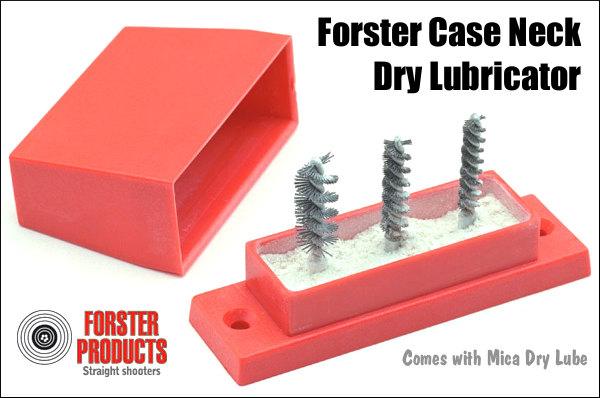I should say that at some point I may neck turn and sort all components but for now I don't have the tools and really don't want to spend the time to do so. Kind of looking for the steps to focus on to get the biggest accuracy/ consistency gains and skip the other's. However if I don't see the gains I'm looking for I'll continue to add steps till I get there.
Well i will give you my list
Good quality full length sizing die. Forster is what i like but there are several others. Don't mess with neck sizing
A quality seating die. Again i like the forster but there are many others
Buy lapua brass. It eliminates most of the problems with brass and all the unnecessary brass prep.
Buy quality components. I use CCI BR primers exclusively but there are many others. For bullets i like the Bergers and MK's but again there are many others
For load development i like the OCW method for finding a wide accuracy node. Then do seating depth test. The berger method works for me. Then after finding your seating depth you can fine tune your charge.
Weighing powder is very important during the load development stage. I use 2 gempros. One to trickle on and one to check the charge on. After load development especially if you found a wide node powder charge variations can be less important unless you are a 1000 yrd shooter.
Don't be one of those looking for their max charge. A little less is usually more accurate and has much less wear and tear on your brass and equipment.
All the other stuff is just for fun.

